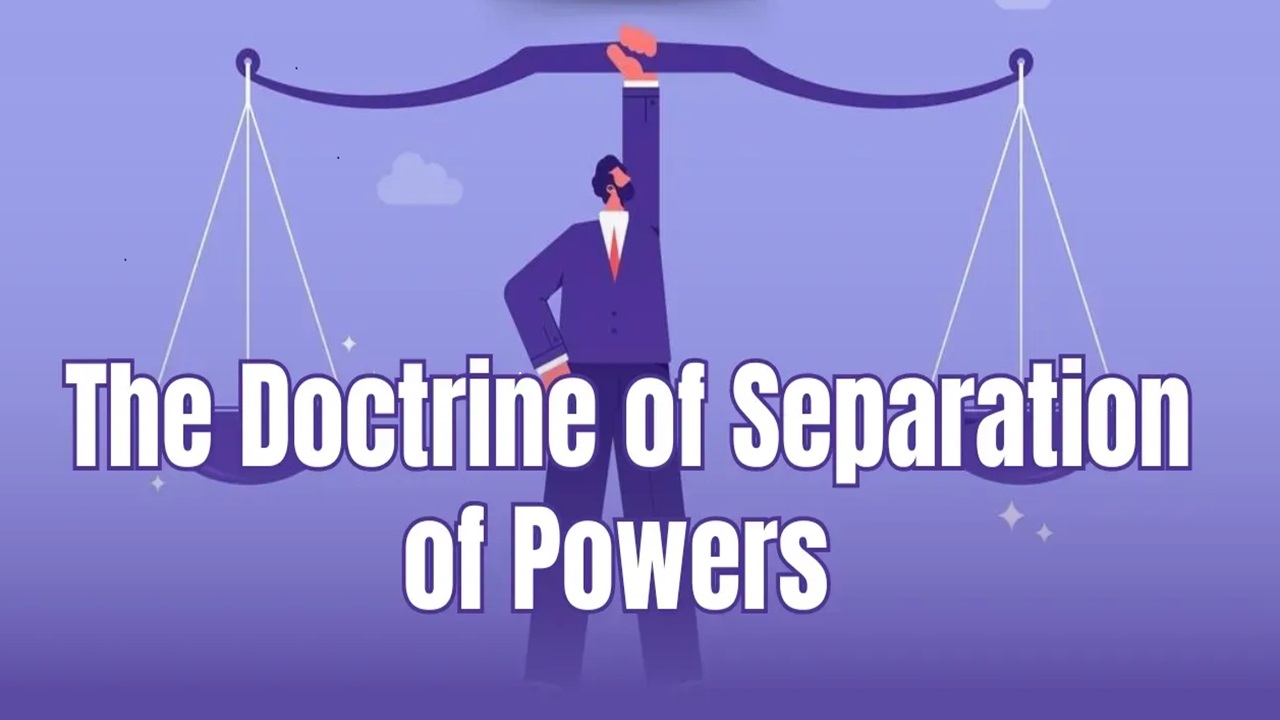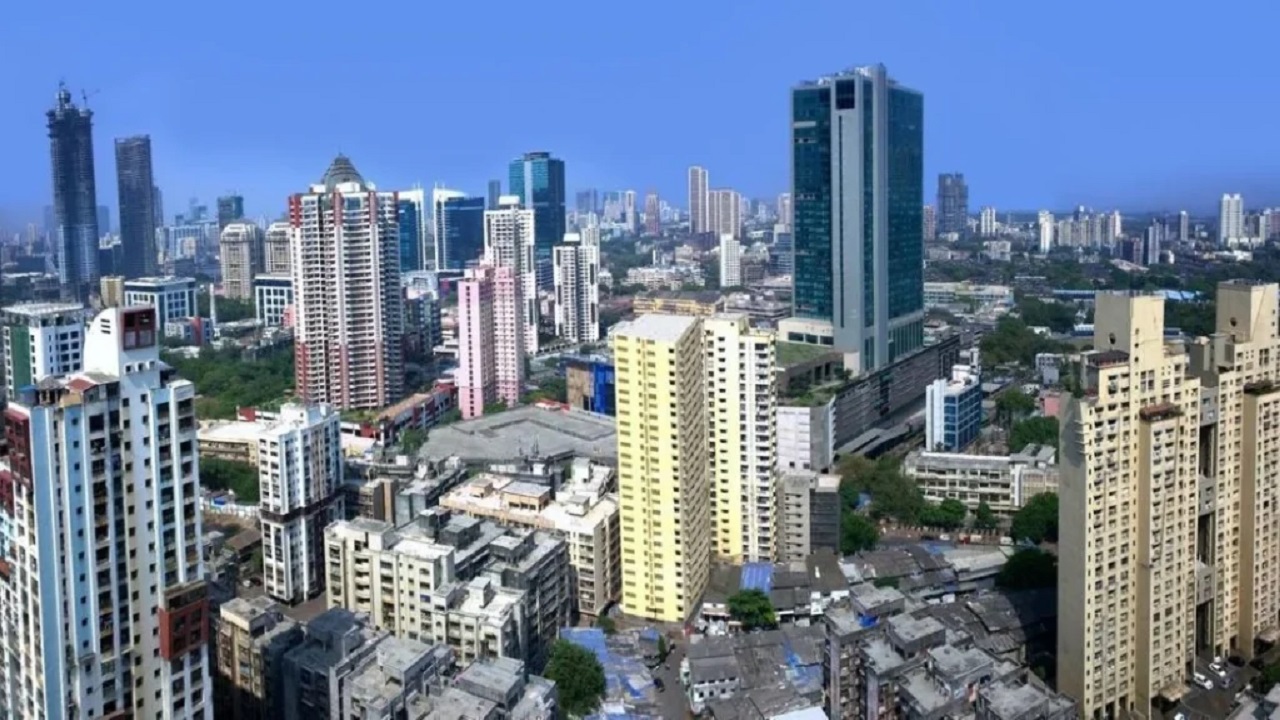Separation of Powers in India: Doctrine, Debate, and Democratic Discipline.
Introduction
The doctrine of separation of powers is a key feature of the Indian Constitution, ensuring that the legislature, executive, and judiciary function within their own spheres. Recent remarks by Vice-President Jagdeep Dhankhar, questioning the judiciary's powers and calling it a "super Parliament," have sparked fresh debate on the balance between these three organs and the boundaries of judicial intervention in a constitutional democracy.
-
Constitutional Doctrine: Separation of Powers
Key Features
-
A foundational principle of the Indian Constitution
-
Ensures that the three organs of government — Legislature, Executive, Judiciary — operate independently within their defined roles
Points to Note
-
Article 50 of the Directive Principles: Advocates separation of judiciary from the executive
-
In L. Chandra Kumar vs. Union of India (1997), the Supreme Court reaffirmed that judicial review and independence form part of the basic structure
-
Separation of powers is not rigid in India (as in the U.S.), but it ensures functional independence
-
Violation of this balance leads to constitutional overreach and erosion of accountability
-
Supremacy of Constitution & Rule of Law
Constitutional Provisions
-
The Constitution is supreme, not Parliament, Executive, or Judiciary
-
Article 13: Any law inconsistent with the Constitution is void
-
Rule of Law (basic structure doctrine): No one is above the law, not even high constitutional authorities
Points to Remember
-
Even the President (Article 52) acts only on the aid and advice of the Council of Ministers (Article 74)
-
Governors and Presidents are bound by constitutional norms — refusal or delay in assent to bills can face judicial review
-
No authority can claim immunity if their actions violate constitutional boundaries
-
Analysis of Vice-President’s Remarks
Remarks Made
-
Judges are acting like a “super Parliament”
-
Judiciary has no authority to question the President or Governor’s discretion
-
Judges are not accountable under existing laws
Constitutional Perspective
-
Misleading Term - “Super Parliament”
-
Judiciary does not legislate but ensures laws do not violate the Constitution
-
Judicial review does not override Parliament; it upholds constitutional supremacy
-
-
Presidential Assent & Judiciary
-
As per Articles 52, 74, 78, the President is a constitutional head and must act on advice
-
Courts may intervene in cases of undue delay to protect popular sovereignty
-
Implications
-
Such remarks from the second-highest constitutional authority weaken public trust in institutions
-
Questioning judicial accountability without proposing structured reforms reflects political overreach
-
Judicial Accountability & Checks and Balances
Constitutional Mechanisms
-
Judges are accountable under the Constitution
-
Article 124(4): A Supreme Court judge can be removed for “proved misbehaviour or incapacity”
-
The Judges (Inquiry) Act, 1968 governs the removal process
Role of Parliament
-
Parliament can override judicial rulings by passing laws, if done constitutionally
-
Balance of power is maintained through mutual checks — Judicial Review vs. Legislative Re-enactment
Points to Remember
-
Judiciary is not above the Constitution, but not subordinate to Parliament or Executive either
-
Judicial independence is essential to protect fundamental rights and uphold constitutional morality
-
Judicial Activism, Popular Sovereignty & Article 142
Article 142 – “Complete Justice”
-
Empowers the Supreme Court to pass any order necessary to do complete justice in any case
-
Often used in gaps or failures of legislative or executive action
Judicial Activism
-
Criticized as judicial overreach, but justified in matters where:
-
Public interest is at stake
-
Constitutional machinery fails
-
-
Used to ensure accountability when other organs are passive or politically motivated
Popular Sovereignty
-
Judiciary defends the will of the people by upholding constitutional values
-
Timely judicial interventions (e.g., fixing deadlines for gubernatorial assent) ensure functioning democracy
Conclusion
In a constitutional democracy like India, the separation of powers ensures that no organ of the State becomes omnipotent. The judiciary acts as a guardian of the Constitution, not a parallel legislature. Recent statements by the Vice-President challenge this balance and risk undermining public faith in institutions.
As per the UPSC syllabus (GS-II), this issue highlights:
-
Importance of constitutional morality
-
Need for institutional respect and cooperation
-
Role of judiciary in democratic resilience
Way Forward
-
All constitutional authorities must act responsibly and within their limits
-
Emphasis must remain on rule of law, accountability, and respect for institutional roles
-
Public discourse should be guided by constitutional literacy and not political posturing




Comments (0)